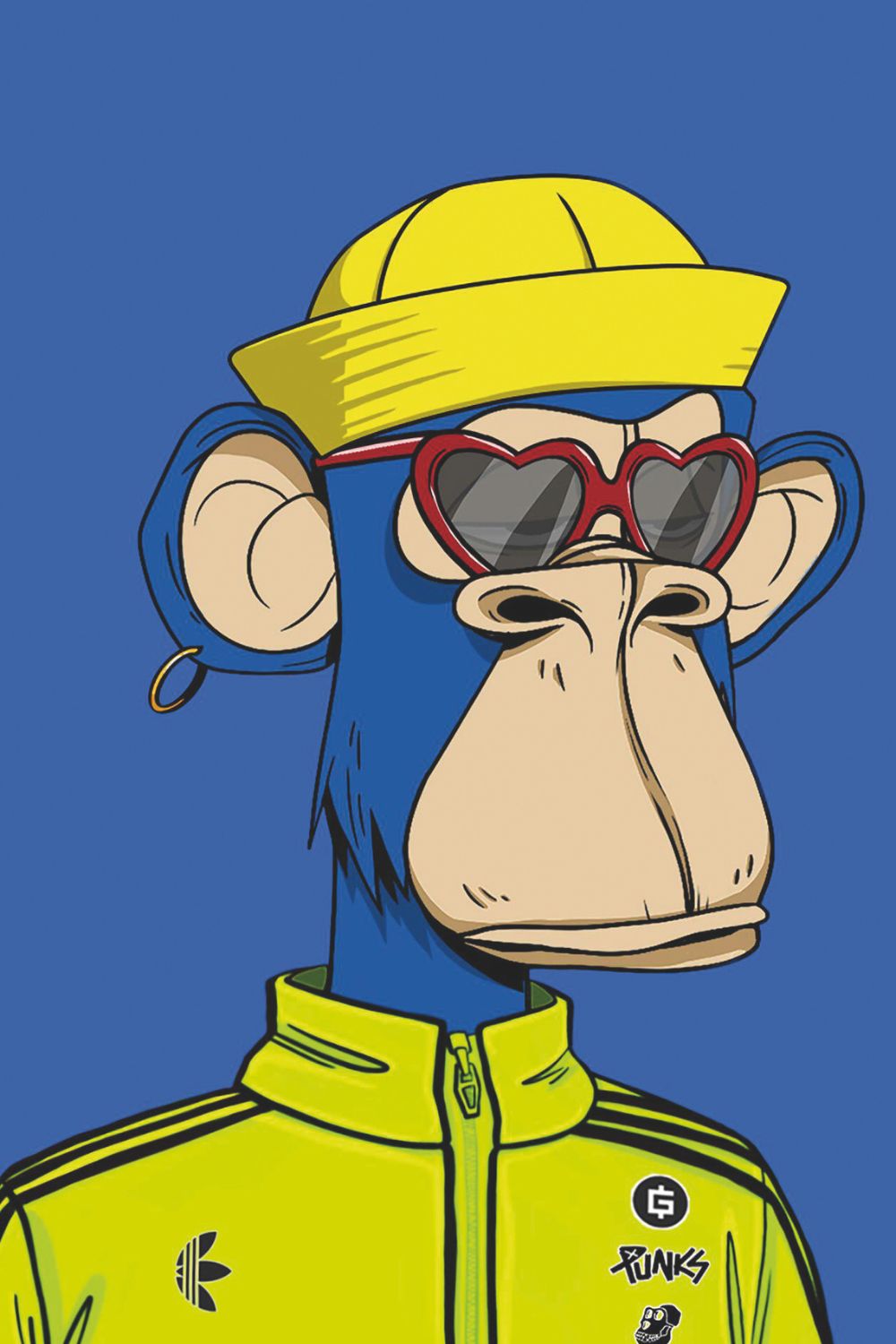
Inside The Psychology Of Art Collecting
By
3 days ago
'It’s not just about the objects themselves but about the stories we tell'
Humans have always collected things, but when it comes to art collecting, there’s an enigmatic blend of passion, social dynamics and psychology at play, says Shirley M Mueller, MD.
Why Do We Collect Art? The Psychology Behind Art Collecting
While collectors believe they’re driven by rational motives such as investment or aesthetic appreciation, the truth is often more complex, and sometimes frightening. All too easily, habit tips into madness, becoming an obsession that can dominate lives and subvert reality.
Holland’s Tulip Mania reached its peak in 1637. It saw individual bulbs change hands for vast sums, and caused fortunes to be made and lost at unheard-of speed. Families were broken up and lives lost, all in pursuit of rare colour combinations and patterns in an otherwise attractive but unremarkable house plant. Somewhat ironically, the colour breaks and variegations were the result of a virus. Scholars have long debated the balance of speculative greed, status signalling and sheer irrationality as causes, but at its core Tulip Mania reveals a key aspect of collecting: the transformation of an object into a symbol of prestige and identity. Owning a rare tulip bulb was not merely about horticulture, but about possessing something unique, a tangible token of distinction in a competitive social world.
Another example of how we attach disproportionate value to objects perceived as rare or symbolic, even when their intrinsic worth is negligible, was the Beanie Baby craze of the 1990s, which generated a speculative frenzy around soft toys. Just like the tulips, Beanie Babies carried a veneer of exclusivity, albeit fuelled by clever marketing and managed scarcity.
The reputation of crypto as an exercise in speculation with added anti-establishment flavour was heavily leaned into by the promoters of Bored Ape Yacht Club, a series of 10,000 algorithmically generated images of cartoon apes. Sold as NFTs on the Ethereum blockchain, these images have fetched millions of dollars, with celebrities and tech moguls joining the fray. Bored Ape quickly became a marker of social and financial status (with attendant boasts of exactly how much had been paid), while the image rights and benefits that went with each NFT were almost entirely ignored. Like the tulips of old, Bored Apes became symbols of exclusivity – a digital badge of belonging to an elite, tech-savvy tribe. Interestingly, the urge to collect isn’t uniquely human and is likely to have an evolutionary origin. Many animal species exhibit collecting behaviours: bowerbirds, for instance, meticulously gather colourful objects to decorate their nests, using their collections to attract mates.
For humans, collecting transcends survival, operating outwardly as a social marker and inwardly as a way of meeting emotional need: we collect objects that hold symbolic or emotional significance, a distinction that underscores the uniquely human capacity to imbue objects with meaning, transforming the act of collecting into a personal endeavour. Pursuing a rare object can be a way to experience meaning and purpose, and offer a sense of adventure and accomplishment. Collecting can even serve as a coping mechanism for deeper psychological needs, providing purpose and connection; even if that connection is with inanimate items, they at least offer comfort and stability in an unpredictable world.
Perhaps most intriguingly, collecting can even serve as a form of pain relief, activating the brain’s reward system, releasing dopamine and reducing stress. For individuals dealing with grief, trauma or chronic pain, the structured, goal-oriented nature of collecting can provide a welcome distraction and sense of control. The line between passion and compulsion is thin; for some, the act of collecting becomes an all-consuming obsession. Long-suffering partners will know there’s a fine distinction between it and hoarding.
Collecting is a paradoxical activity with social and emotional drivers as variegated as those Dutch tulips. It’s not just about the objects themselves but about the stories we tell – about who we are, what we value and what we’re willing to sacrifice in pursuit of our passions. At its most extreme, it’s a form of madness, but it’s also a testament to the creativity, resilience and complexity of the human mind.



